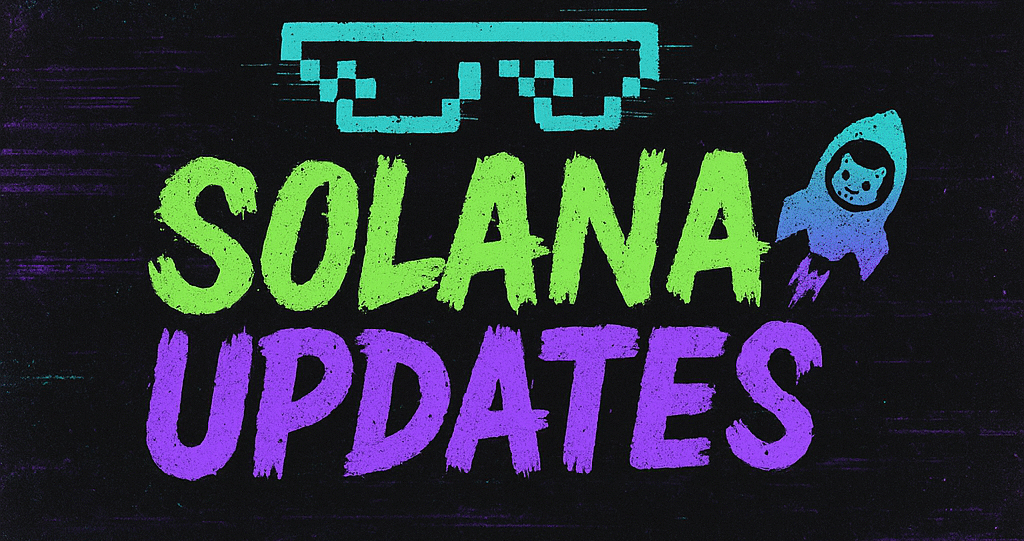Introduction: The Outdated Backbone of Global Trade
In a world where digital communication is the norm, it’s astonishing that the global trade finance system, valued at $30 trillion, still heavily relies on outdated technologies such as fax machines. These relics from the past are emblematic of an entire industry that has been slow to adopt modern technological solutions, thereby perpetuating inefficiencies and vulnerabilities. However, the advent of blockchain technology, particularly the XDC Network, is poised to revolutionize this sector by digitizing trade documents and streamlining processes.
The Current State of Trade Finance
Trade finance is the lifeline of international commerce, facilitating transactions across borders. Yet, despite its critical importance, the industry is burdened by manual processes that are not only time-consuming but also fraught with errors and security risks. The reliance on paper documents and faxes makes it difficult to achieve transparency and traceability, thus hindering the efficiency of global trade operations.
XDC Network: A Digital Solution
The XDC Network, a blockchain platform designed specifically for enterprise-grade applications, offers a promising solution to these challenges. By leveraging blockchain technology, XDC aims to digitize trade documents, thus eliminating the need for paper-based processes. This digitization allows for real-time tracking of documents, reducing the possibility of fraud and errors, and significantly speeding up transaction times.
Real-World Pilot Projects
Several pilot projects have already been launched by XDC to demonstrate the efficacy of blockchain in trade finance. These projects have shown that by using smart contracts and digital documentation, the time taken to process and approve trade transactions can be reduced from weeks to mere hours. This not only enhances operational efficiency but also frees up capital that would otherwise be tied up in lengthy transaction processes.
Benefits of Blockchain in Trade Finance
The benefits of adopting blockchain technology in trade finance are manifold. Firstly, it enhances security by providing a tamper-proof record of transactions. Secondly, it improves transparency, allowing all parties involved to access and verify documents in real time. Finally, it reduces costs by eliminating the need for intermediaries and minimizing paperwork.
Challenges to Overcome
Despite the clear advantages, the adoption of blockchain in trade finance is not without its challenges. Regulatory hurdles, the need for industry-wide standardization, and resistance to change from traditional financial institutions are significant barriers that must be addressed. However, as more successful pilot projects emerge, the case for blockchain becomes increasingly compelling.
Conclusion: The Future of Trade Finance
The transition from traditional to digital trade finance systems represents a significant shift in how global commerce is conducted. The XDC Network, with its focus on digitization and efficiency, is at the forefront of this transformation. As the industry continues to evolve, the adoption of blockchain technology could very well mark the end of an era dominated by faxes and paper, ushering in a new age of streamlined and secure trade finance.
🛒 Recommended Product: Check out top-rated crypto gear on Amazon


